How To Record Phone Screen With Sound?
Recording your phone screen with sound has become an essential skill for many users, whether for creating tutorials, capturing gameplay, or saving video calls. With the increasing demand for this functionality, both Android and iOS devices have made significant strides in providing built-in solutions and third-party applications to meet user needs. This article will guide you through the various methods available to record your phone screen with sound, ensuring you can capture high-quality videos effortlessly.
Built-in Screen Recording Features
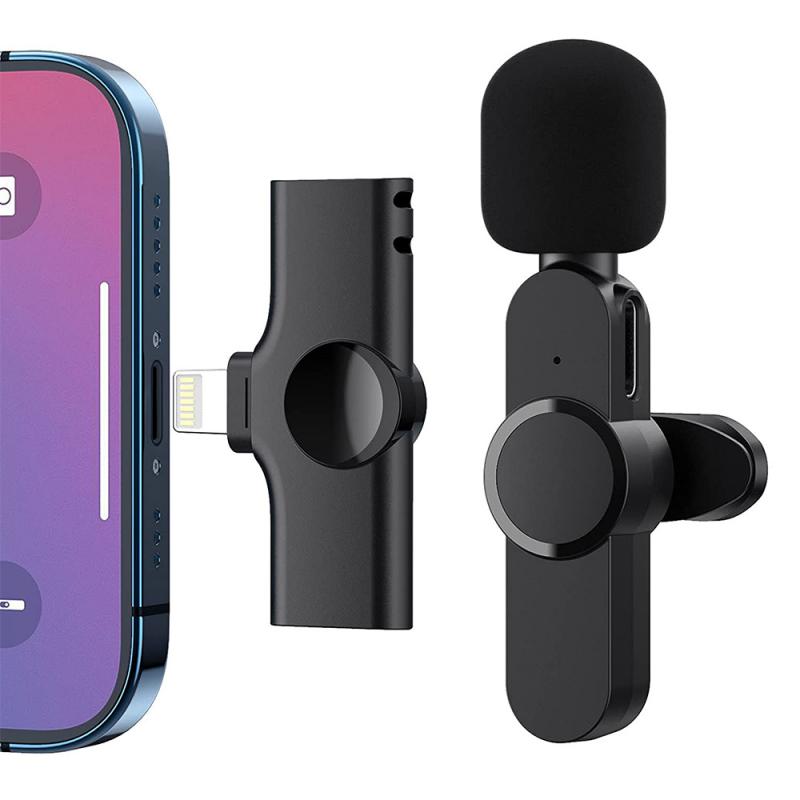
iOS Devices
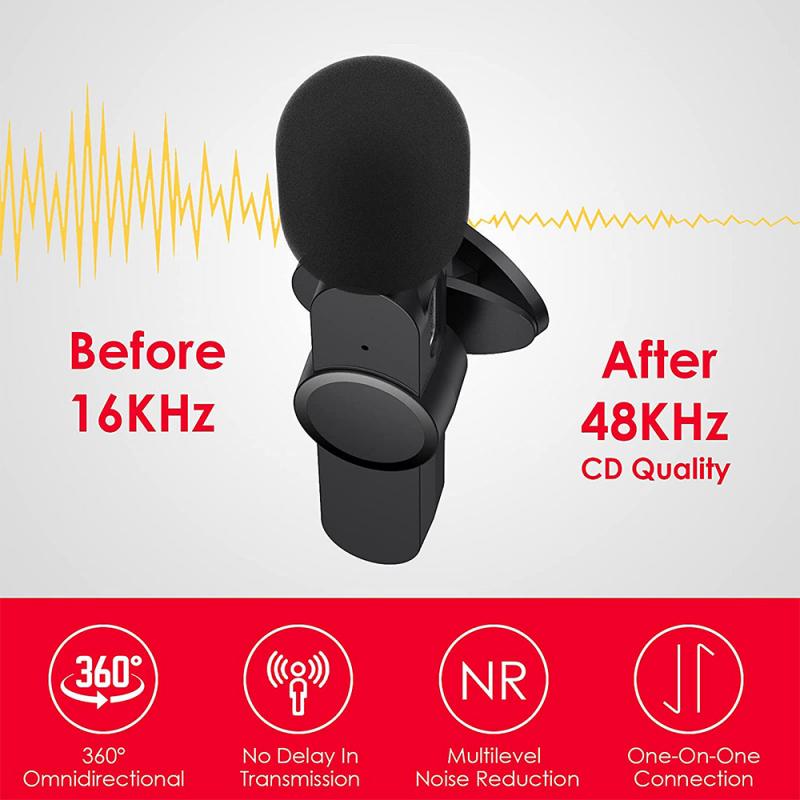
Apple has integrated a screen recording feature directly into iOS, making it incredibly convenient for iPhone and iPad users. Here’s how you can use it:
1. Enable Screen Recording:
- Go to `Settings` > `Control Center` > `Customize Controls`.
- Add `Screen Recording` to your Control Center.
2. Start Recording:
- Open the Control Center by swiping down from the top-right corner of the screen (iPhone X and later) or swiping up from the bottom (iPhone 8 and earlier).
- Tap the `Screen Recording` button (a circle within a circle).
- To record with sound, press and hold the `Screen Recording` button, then tap the `Microphone Audio` button to turn it on.
- Tap `Start Recording`, and a three-second countdown will begin.
3. Stop Recording:
- Open the Control Center and tap the `Screen Recording` button again, or tap the red status bar at the top of your screen and select `Stop`.
The recorded video will be saved to your Photos app, where you can edit and share it as needed.
Android Devices
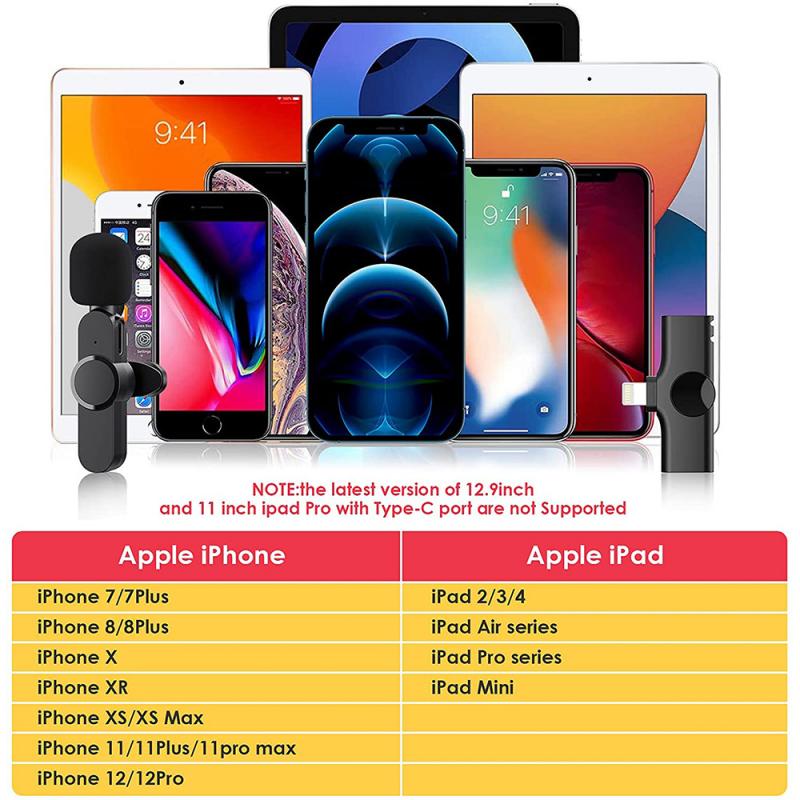
Many Android devices also come with built-in screen recording features, though the exact steps may vary depending on the manufacturer and Android version. Here’s a general guide:
1. Access Screen Recording:
- Swipe down from the top of the screen to open the Quick Settings panel.
- Look for the `Screen Recorder` icon. If it’s not visible, you may need to edit your Quick Settings to add it.
2. Start Recording:
- Tap the `Screen Recorder` icon.
- Choose your sound settings. You can typically select between recording with no sound, media sounds, or media sounds and microphone.
- Tap `Start` to begin recording. A countdown will usually appear.
3. Stop Recording:
- Swipe down to access the Quick Settings panel again and tap the `Screen Recorder` icon, or tap the stop button in the notification bar.
The video will be saved to your device’s gallery or a designated folder in your file manager.
Third-Party Screen Recording Apps
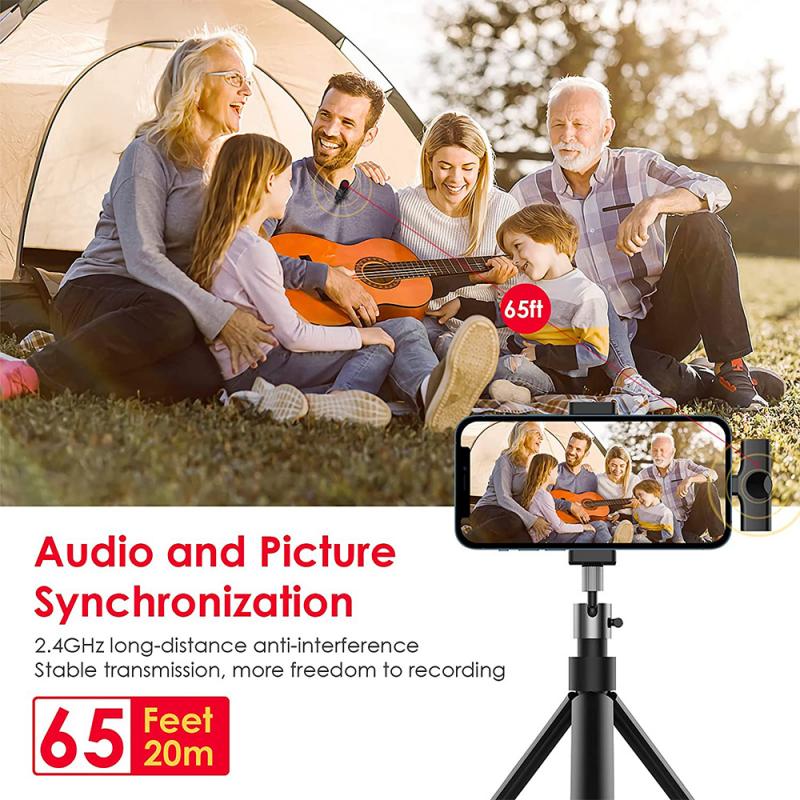
If your device doesn’t have a built-in screen recording feature, or if you need more advanced options, several third-party apps can help. Here are some popular choices:
AZ Screen Recorder (Android)
AZ Screen Recorder is a highly-rated app that offers a range of features, including screen recording with sound, live streaming, and video editing.
1. Install and Set Up:
- Download AZ Screen Recorder from the Google Play Store.
- Open the app and grant the necessary permissions.
2. Start Recording:
- Tap the overlay icon to access the recording controls.
- Tap the `Record` button. You can choose to record with internal audio, microphone, or both.
- A countdown will begin, and the recording will start.
3. Stop Recording:
- Swipe down to access the notification panel and tap the stop button, or use the overlay controls.
The recorded video will be saved in the app’s gallery, where you can edit and share it.
DU Recorder (iOS and Android)
DU Recorder is another versatile app available for both iOS and Android devices. It offers screen recording, live streaming, and video editing features.
1. Install and Set Up:
- Download DU Recorder from the App Store or Google Play Store.
- Open the app and grant the necessary permissions.
2. Start Recording:
- Tap the `Record` button. You can choose to record with internal audio, microphone, or both.
- A countdown will begin, and the recording will start.
3. Stop Recording:
- Swipe down to access the notification panel and tap the stop button, or use the overlay controls.
The recorded video will be saved in the app’s gallery, where you can edit and share it.
Tips for High-Quality Screen Recording
To ensure your screen recordings are of the highest quality, consider the following tips:
1. Stable Environment: Record in a quiet environment to minimize background noise if you’re using the microphone.
2. High Resolution: Set your screen resolution to the highest possible setting for clearer videos.
3. Sufficient Storage: Ensure you have enough storage space on your device to avoid interruptions.
4. Close Unnecessary Apps: Close any apps you’re not using to prevent notifications and improve performance.
5. Test Before Recording: Do a test recording to check audio levels and video quality.
Troubleshooting Common Issues
Despite the advancements in screen recording technology, you may encounter some common issues. Here’s how to address them:
1. No Sound:
- Ensure the microphone is enabled in the screen recording settings.
- Check that your device’s volume is turned up.
- Restart your device and try again.
2. Poor Video Quality:
- Increase the screen resolution in your device settings.
- Ensure good lighting if you’re recording in a dim environment.
- Use a stable internet connection if recording online content.
3. App Crashes:
- Update the screen recording app to the latest version.
- Clear the app’s cache and data.
- Restart your device and try again.
Recording your phone screen with sound is a valuable skill that can enhance your ability to create content, share information, and document important interactions. Whether you use built-in features or third-party apps, the methods outlined in this article will help you achieve high-quality recordings with ease. By following the tips and troubleshooting advice provided, you can ensure a smooth and successful screen recording experience. Happy recording!


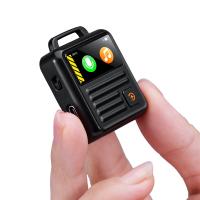

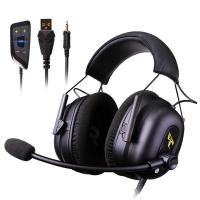


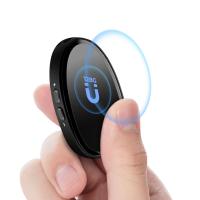
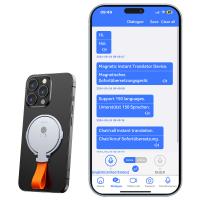


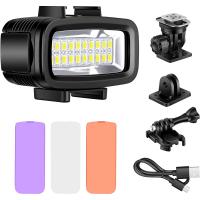
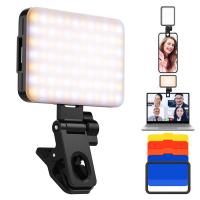





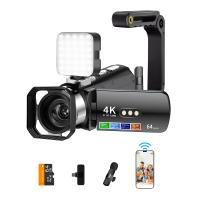

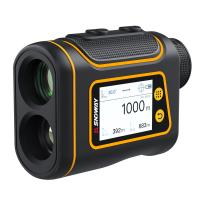




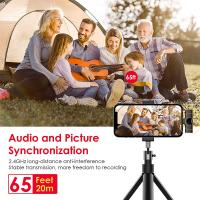


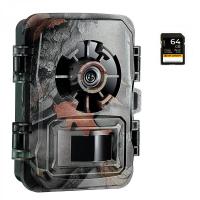










There are no comments for this blog.